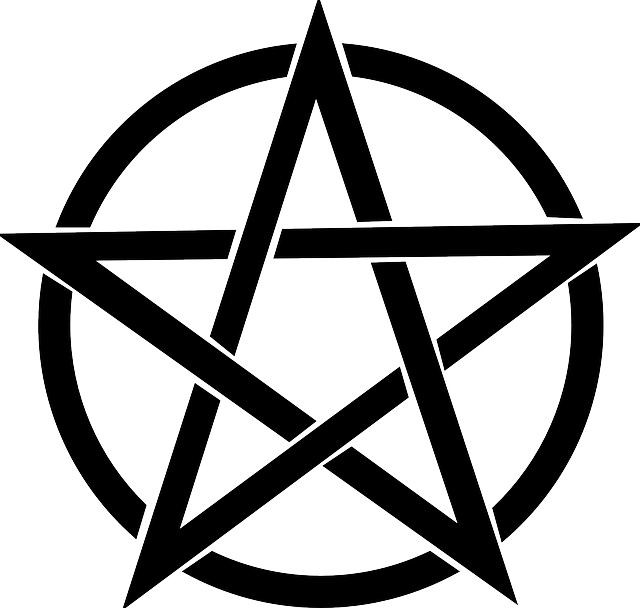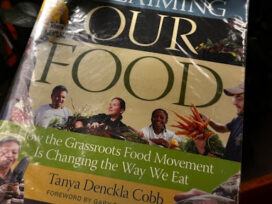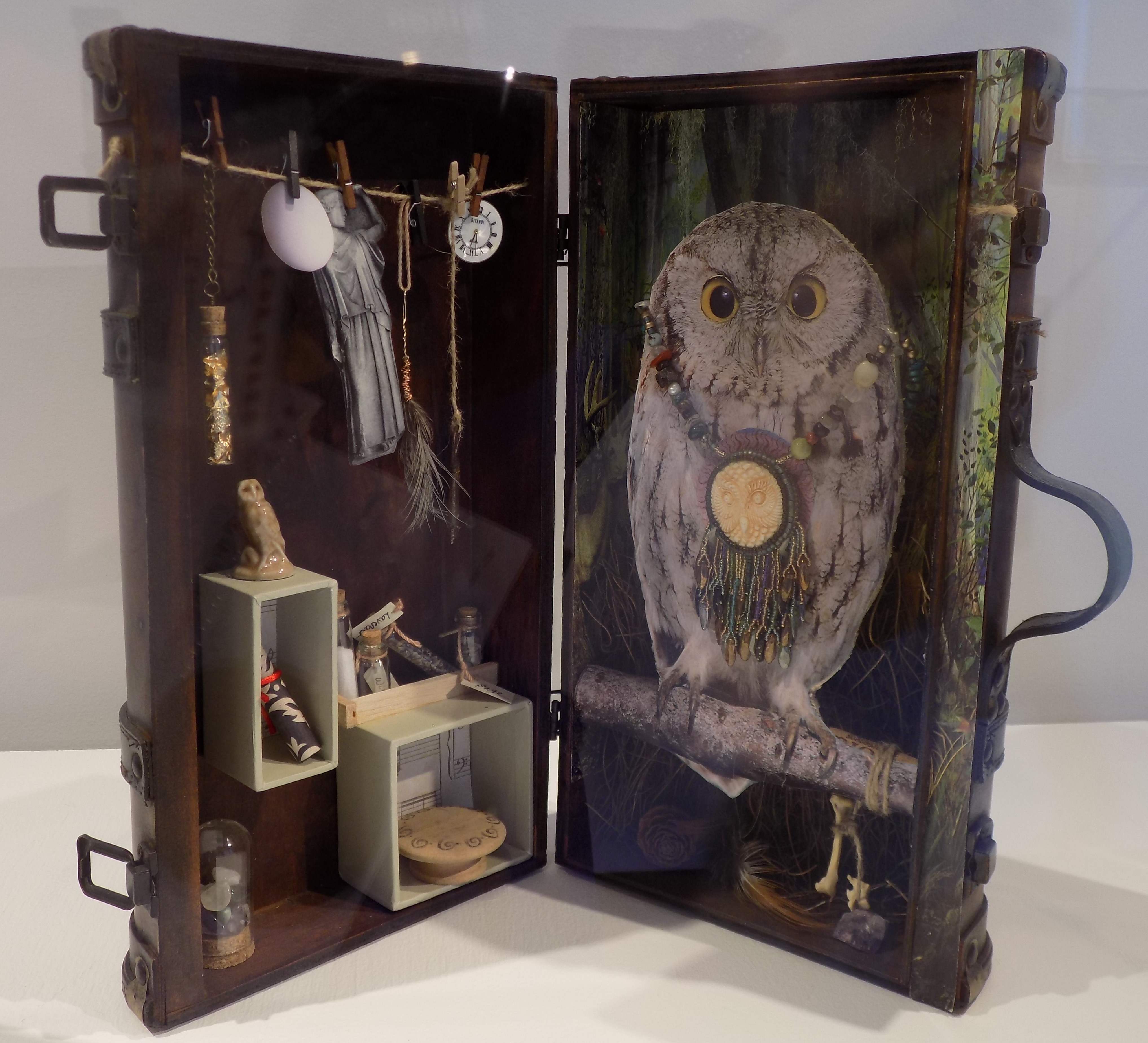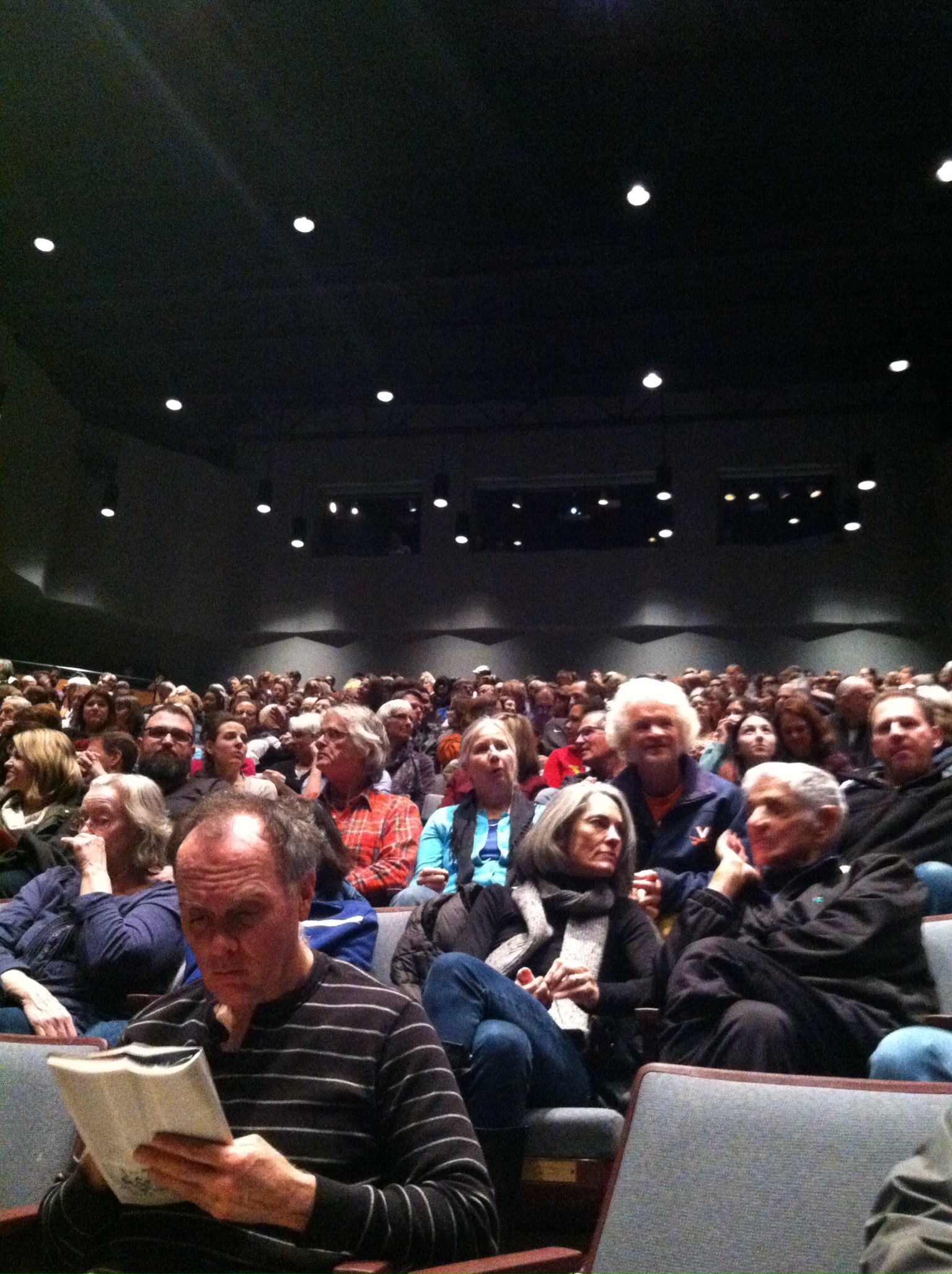
The Witch and the Facts: Spoiler Alert
Joe Fowler, staff writer
Moviegoers sat in cushioned seats, reading or taking care of matters on their cell phones while awaiting a movie described as both a compelling period piece and incredibly terrifying. Yet, after 30 minutes in the Violet Crown Theater, no one had died.
Attendees paid to see The Witch. Many reviews of the film mentioned Steven King’s professed fear of the movie. After a few minutes of previews, the film began with religious zealots banishing an even more extreme family of religious zealots from a New England settlement. The movie was set in the 1630s, a time when fears of the Devil eventually led to witch trials and various other forms of persecution.
Finally, death exerted its indomitable will.. Though the film never showed the first fatal encounter, the implied sense of dread showed theater attendees that all was not right in the world. In fact, everything was wrong.
The banished family’s youngest child, a newborn, disappeared under the watch of the oldest child, a young woman named Thomasin. No one saw the newborn alive again. The audience was then left to decide whether the old woman squirming naked in blood in her hovel under the full moon was, in fact, bathing in the blood of babies.
With this horrifying image, a stillness came over the auditorium that lasted the remainder of the movie.
The movie continued. Paranoia, frustration, lies and little children talking to black goats escalated into an atmosphere of sheer lunacy. Thomasin became the target of persecution at the hands of her family who, by the end of the film, were prepared to haul her back to the settlement for a witch trial. Thankfully for young Thomasin, they all died before getting the chance to do so.
After killing her mother in self-defense, Thomasin found herself alone in the woods, completely traumatized by the Christian indoctrination of her family. Having no other recourse, she sought out the black goat, a form the devil seemed to take for this film, and became a witch. The young woman then went on to dance “sky clad” (naked) with several other witches under the full moon.
This film provided a proactive look at the atrocities many young women suffered at the hands of religious zealots in both early America.
Despite the fact that The Witch was an enjoyable horror movie, I found nothing unique about the perspective it offered on witches and witchcraft. I immediately set out to find an expert on the subject.
A witch, in other words, and not the media-friendly variety.
Lia Francis, a third-generation witch from Australia, spoke at length about the movie synopsis, witchcraft and life in general in a Facebook interview.
Of particular interest to Francis were the facts behind some of the events portrayed in The Witch, along with the mentality of some religious adherents in times past and unfortunate parallels modern times. She also addressed the progress in witchcraft laws throughout the world.
Francis dismissed the scene with old witches bathing in blood. “I used to become very angry because people would comment without actually researching, and believe in things without understanding what they were following. Then they’d have the gall to say what I knew, what I researched and generally what I felt was a complete crock,” she said.
She also addressed Thomasin’s conversation the Devil towards the end of the film: “Many people do turn to paganism because of the lies and hypocrisy they see in organized religions. That much is true. It doesn’t involve deals with goat devils or killing anyone.”
Though not at all opposed to naked rituals, Francis said, “I have never performed sky clad, but that’s my own choice. I guess I like to bathe and get dressed up for my rites. It gets me full of energy, the ritual of presenting my ritual space and myself.”
She also addressed the mentality towards witchcraft now. “There are still a lot of countries with witchcraft laws. In the western world they have been abolished or broken down a bit. In less developed countries, they are still in tune with their roots, so witchcraft is more prevalent and so are the laws,” she said.
The last sentiment echoed a lecture from Assistant Professor of Religion Angela Daniel in a survey course of World Religions during the fall 2015 semester, in which the class discussed various forms of injustice, ranging from banishment to the murder of children in Nigeria for being witches.
Francis emphasized that while the laws are better for many, the mindset behind the persecution of the burning times needs improvement. To illustrate her point, she mentioned the holocaust, the attacks of Islamic extremists against western countries, and the growing animosity towards Muslims in general as the result of a select few. Though she did not compare these events to one another in regards to severity, Francis merely commented that the madness of times past still remains strong in society today.
Speaking with a witch about The Witch was an enlightening and enjoyable experience.
The Witch served as both an entertaining movie and a documentary on 17th-century fears and perspectives. As a horror movie, it pulled quite a few gasps and audible signs of cringing from the audience. In its capacity as a documentary, the film inspired a search for more information and deeper truths.







